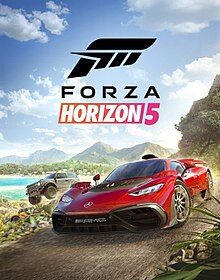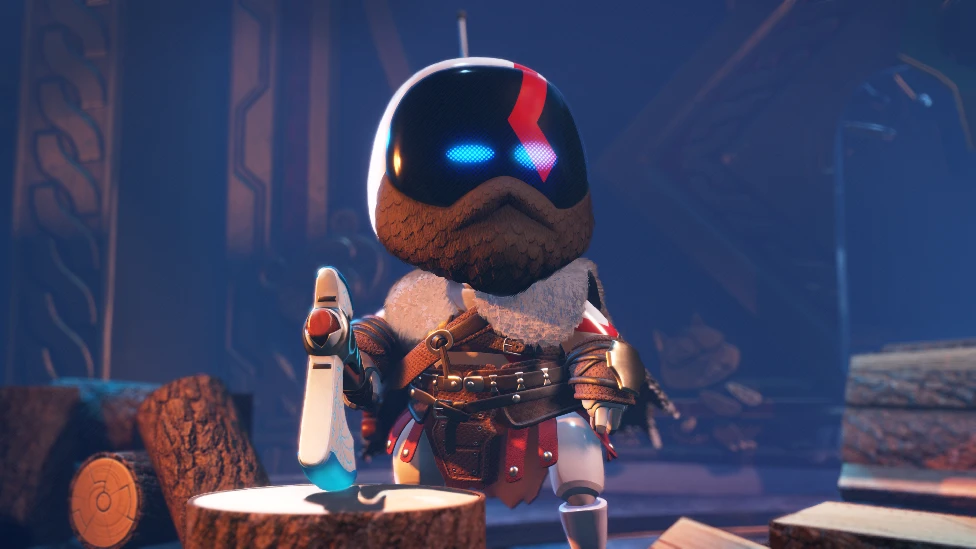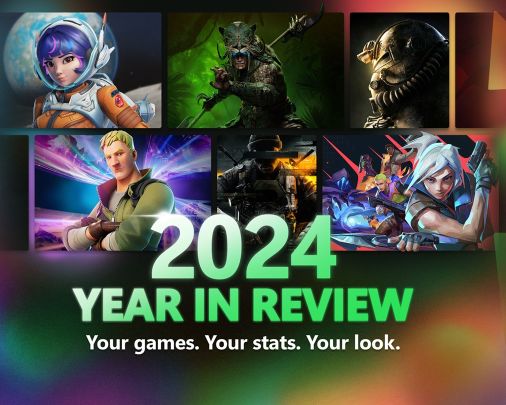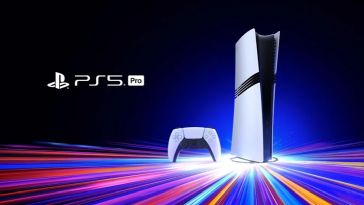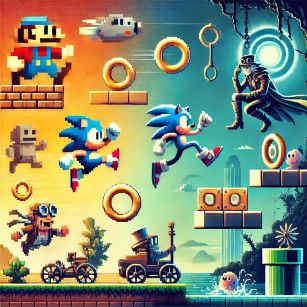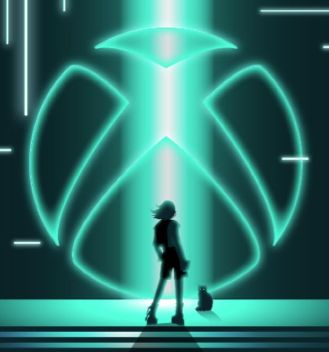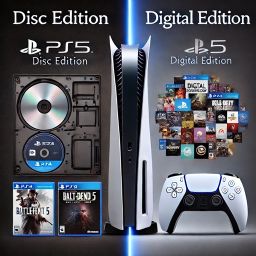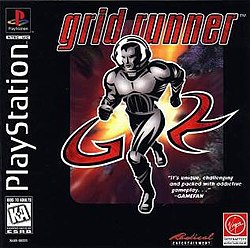

In a world where tag and capture-the-flag collided like two highly caffeinated squirrels, we have Grid Runner. Released in 1996 by Radical Entertainment, this action extravaganza puts players into the shoes of space adventurers battling it out for flags in a cosmic playground. Is it a lost gem, or did it need a bit more polish? Let's unravel this puzzle in an in-depth analysis that takes a look at its characters and their often absurd motivations.
Grid Runner plays out like an exhilarating game of tag in the vastness of space. Forget about lengthy narratives—this action-packed frenzy revolves around racing to capture flags scattered throughout a chaotic grid-based arena. Players can choose to take turns being 'it,' utilizing lasers to slow down opponents while simultaneously collecting power-ups like shields and speed boosts. It’s like your childhood game of tag, but for the sake of intergalactic diplomacy. You start each game by running towards the first flag, where the glorious competition for dominance begins. Once a player snags the flag first, they become 'it' and must tag their opponent while the latter scrambles to collect other flags. The catch? Only the one not 'it' can capture more flags—a classic case of cosmic unfairness. The game isn’t just a free-for-all, though—strategy intertwines with gameplay. With a plethora of tiles that either boost movement or teleport players, the grid becomes a chaotic battlefield. Players can even build bridges to cross gaps and slow their competitors down with collected magic. Each single-player mode proves more challenging with AI opponents, each equipped with unique abilities, making wins feel hard-earned and equally satisfying.
Visually, Grid Runner embraces the quirky 90s aesthetic, with colorful graphics that pop amid the grid layout. Bold, vibrant colors contribute to an atmosphere that feels lively and frenetic, yet it could be argued that it hasn’t aged like fine wine. Players might notice some graphical hiccups, but in the heat of competition, they tend to fade into oblivion. The nostalgic charm will undoubtedly tickle the hearts of many who grew up in the era of PlayStation as they zip around with their friends, dodging lasers and collecting power-ups.
In conclusion, Grid Runner is a delightful homage to the seemingly simple joys of childhood games, wrapped in a flashy 90s action package. While it may not win awards for narrative finesse or graphics that scream cutting-edge (it’s not exactly the Mona Lisa), the chaotic multiplayer experience more than makes up for it. Players yearning for a nostalgic pick-me-up set in a whimsical universe of flags, laser tags, and frantic gameplay will find a treasure trove of fun here. Sure, there are cynics who might argue it’s just glorified tag in space, but who wouldn’t want an excuse to chase their friends around a grid full of surprises? Grab your controller and start collecting flags—just make sure your friends are prepared to unleash their pent-up competitive spirit. In the grand landscape of PlayStation titles, Grid Runner may not be the be-all-end-all, but it’s definitely a fun diversion!
